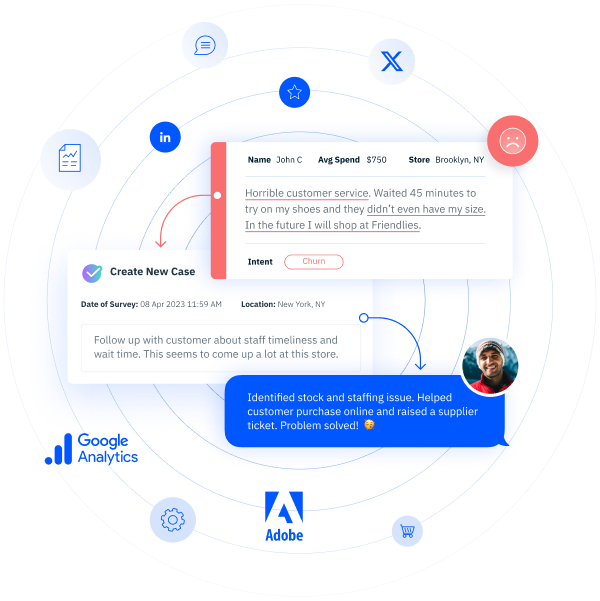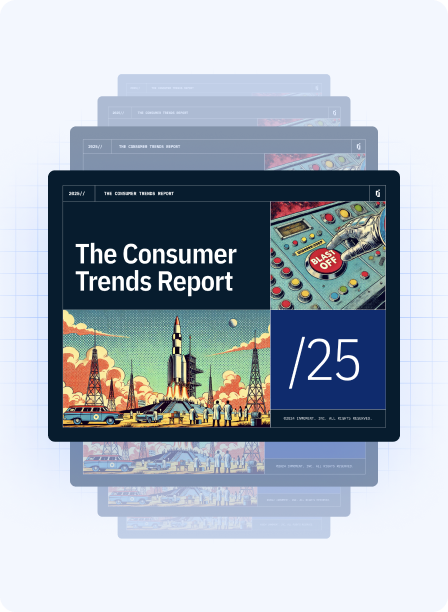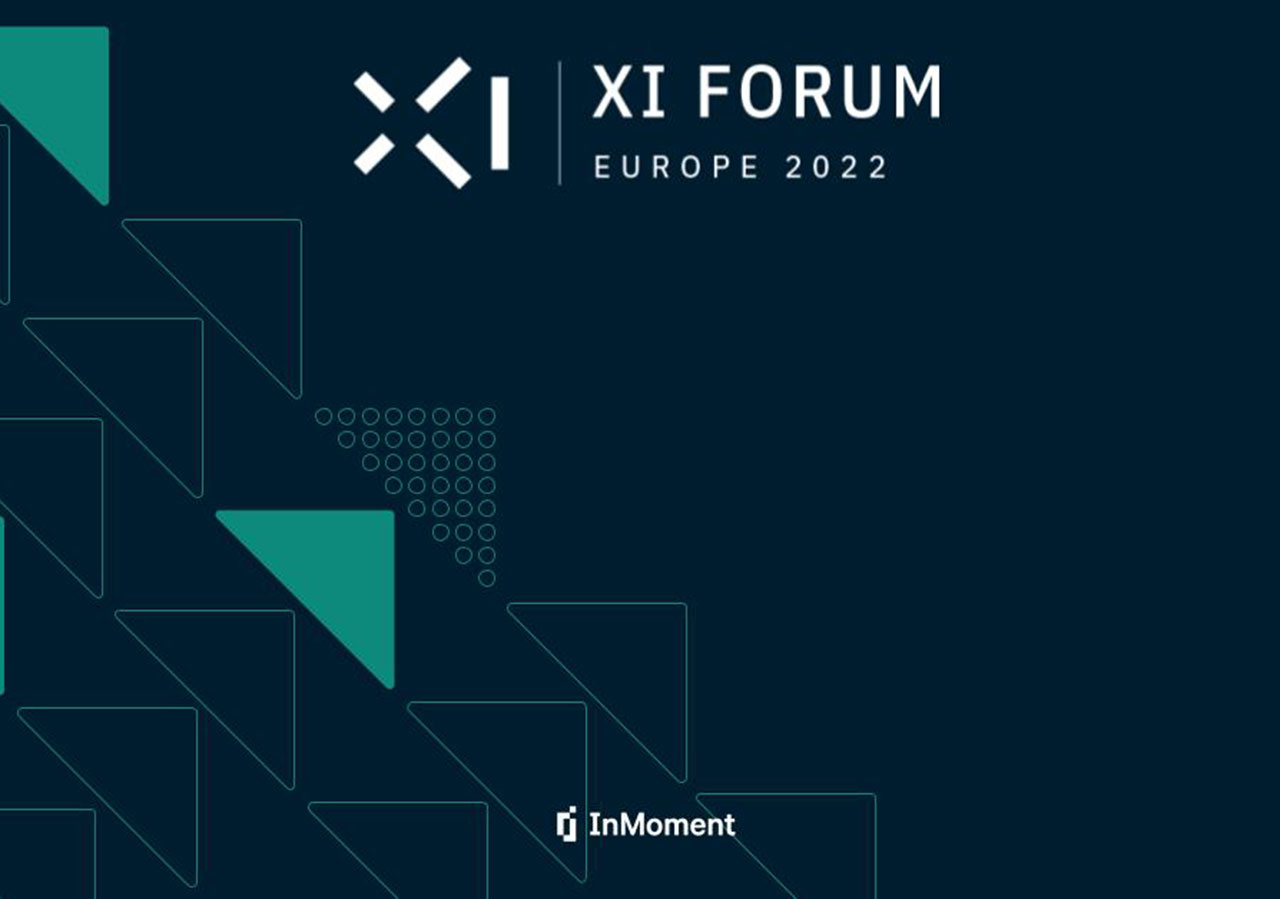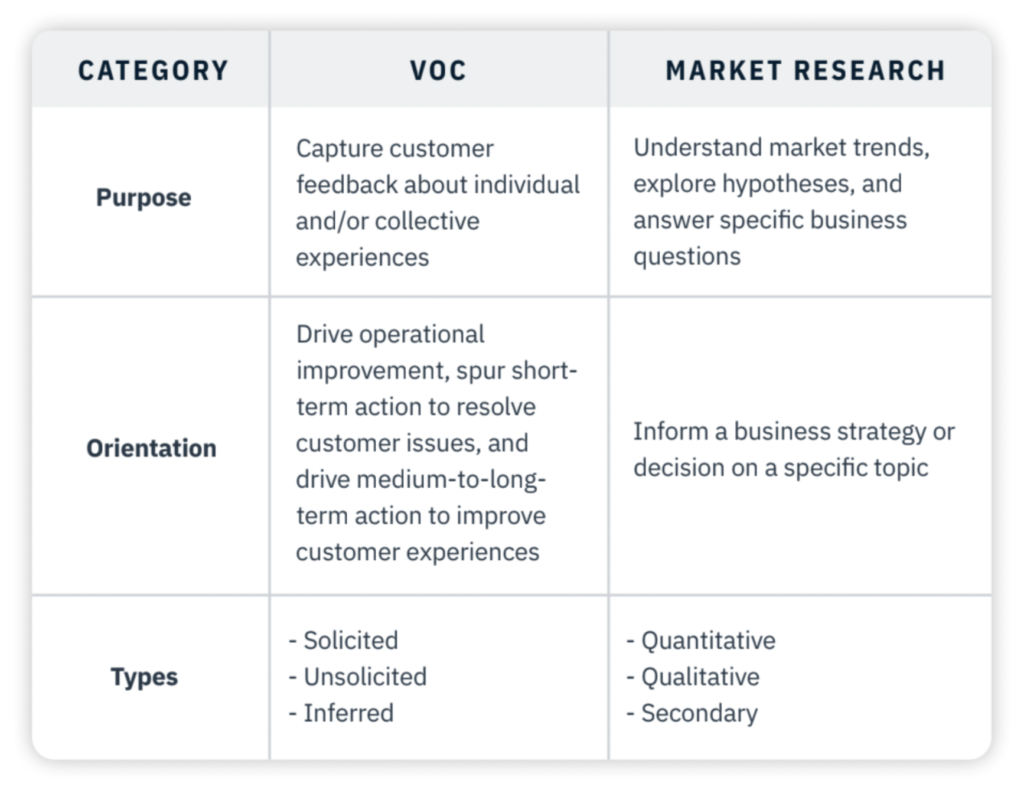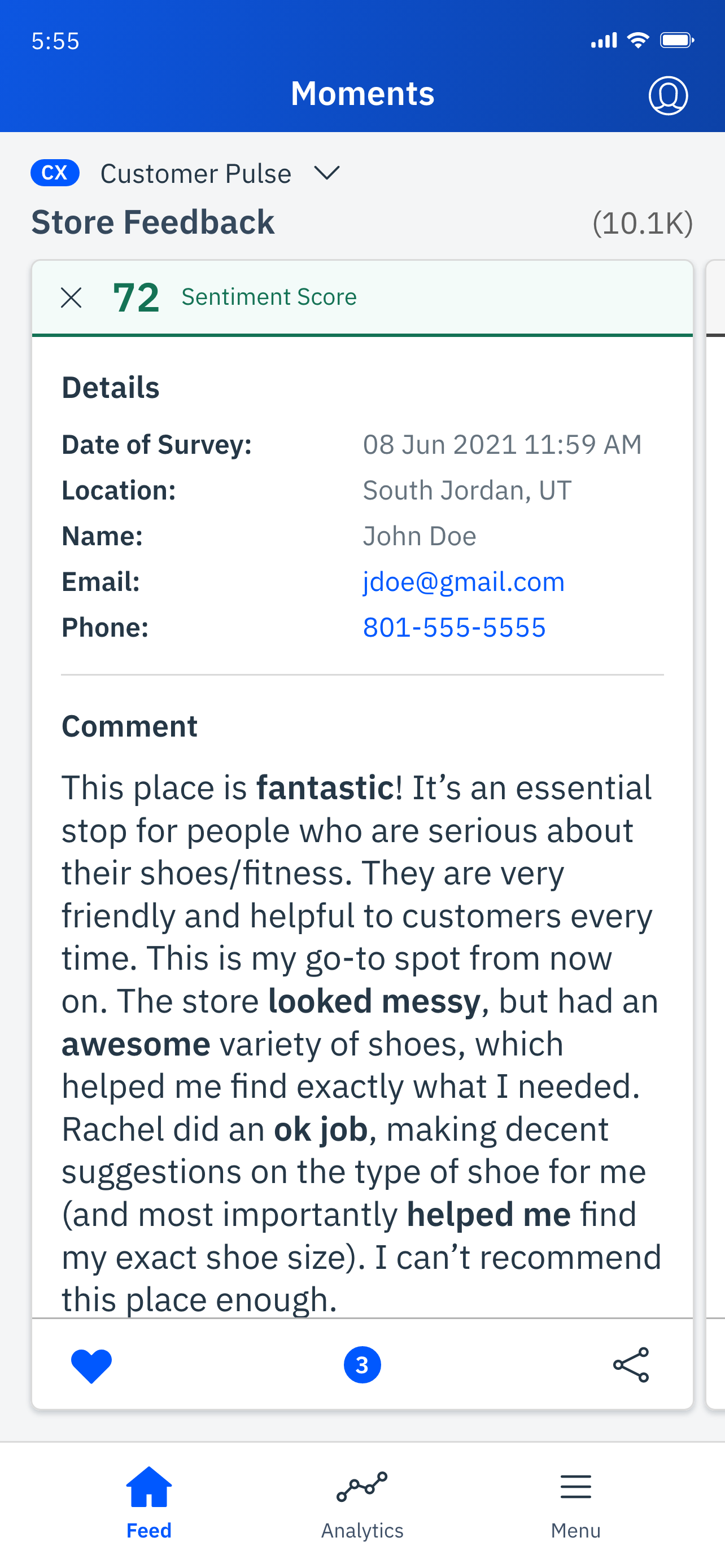
Shep Hyken, a well-known customer service consultant, recently shared that 42% of people would rather clean a toilet than call customer support. This statistic actually didn’t surprise me given how often support experiences leave much to be desired.
This got me thinking: Why is that the case when none of us would claim to enjoy cleaning a toilet!? And I decided that the reluctance to call customer support came down to three factors:
- Control
- Time to task completion
- And likelihood things are done right the first time
Let’s take a closer look at each of these factors—and how organizations can address them in their customer support initiatives!
3 Factors Impacting the Customer Support Experience
Factor #1: Control
Since I am the one cleaning the toilet, I have control over when and how the job is done and how well it is done. That is not often the case in the support experience.
Yes, more companies and brands are trying to shift the customer service experience to a self-serve one, where the person needing support can find their own answers via the company’s internet site, user forums, or at worst a chat session. But let’s be honest, these moves are not being done to put the customer in control of the experience; they are being done to save the company money by shifting the experience to lower cost channels and reducing the labor costs in the call center.
Unfortunately, because these self-serve support initiatives are motivated by a cost-savings lens and not a customer experience one, they are often not executed very well. People can’t find the answer they need online, or the answer doesn’t make sense or completely solve their problem. And chatbots are often effective at solving very simple queries, but not complex ones.
The other reality is that consumers want to interact with a live person. According to CDP.com, 64% of consumers say access to live people would significantly improve customer experience. So while shifting the support burden to the consumer or low-cost (non-human) channels may save the company money, it is not engendering customer loyalty when that is not how the consumer wants to interact with your company.
Factor #2: Time to Completion
As mentioned, no one enjoys cleaning a toilet, but if we are honest, it takes no more than a couple minutes, less than 10 for even the dirtiest of them. But how many customer-support experiences take only a few minutes?
It often takes you at least a few minutes to get through the automated phone tree, only to be told your hold time is much longer than a few minutes! While some brands are now using automated callbacks that adds some convenience in that you don’t have to actually wait on hold (ironically being told how important your call is over and over and over again), how likely is it that you get a call back when it is convenient for you? It’s more likely that you have moved on to other tasks only to be interrupted by that call.
Factor #3: Getting Things Done Right the First Time
Finally, we arrive at the last factor: first-call resolution (as call center leaders call it). I want you to think back to your last few call center interactions: What percentage of the time is your issue really resolved on the first call, with no transfers and no additional hold time?
Too often the first agent you speak with is either brand new and not trained properly, or the company’s knowledge base does not provide them quick access to the answer to your issue, or they are not empowered to resolve your issue without “supervisor approval” or a transfer to a manager.
There are several problems with how most companies measure first call resolution:
- It is not measuring total effort to resolution. Most likely, you have already searched the website or FAQs or user forums and possibly tried the chatbot before getting to a live agent. So it is measuring the call, but not measuring customer time and effort.
- If it is measured based on agent data entry, it is not measuring consumer confidence that the issue was resolved and it is making that judgment likely well before the customer has experienced the solution and feels confident it is resolved.
- If it is measured based on survey responses, it is not representative of the total customer base, but only those customers who completed the follow-up survey, a small percentage of the customers who contacted customer support.
My colleagues at InMoment often hear me say “every call to the call center is a broken customer experience somewhere upstream.” Given that, your call center is your safety net and last chance to “save” the customer and ensure a continued relationship and extended lifetime value.
Yet, too many companies see their call center as only a cost and something that can be managed or minimized by reducing headcount and shifting to lower cost channels. This is a financially driven, inside-out view of customer support and not an outside-in, customer-centric approach.
If companies truly want to reduce the cost associated with customer support, learn from these calls and fix the upstream issues that are creating the need for the calls in the first place.
Fewer issues, fewer calls, happier customers, better financial outcomes.
